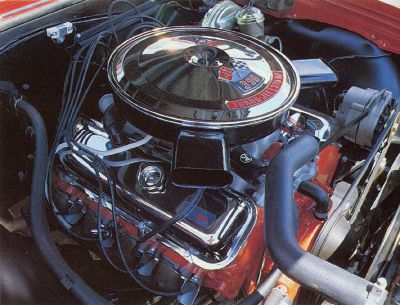“Honey…I found our next vacation spot..hear they got a nice Motel 6 nearby!!!” “Honey…can we go now?!!! The Turkey will keep until next week!!!”
Photos: World’s Largest Ford Mustang Salvage Yard

Everybody knows that saying “I’ve died and gone to heaven”, and this applies to most enthusiasts in this junkyard full of old decrepit Ford Mustangs. Especially, the project guy that has an old classic sitting in the garage. I’m sure it could go either way, though, as some might consider this a sore sight with so many wrecked and rusted ponies. This is the Colorado Mustang Salvage Yard.
Soooo, anybody down for some campin’?!

Colorado Mustang Specialists, Inc. began in a two-car garage in 1972. Mustangs were as numerous as hippies on a Boulder park lawn, easy to buy, fix and sell. So, a would be University of Colorado student found a lucrative way to pay his rent and tuition. After graduation the diploma went in a drawer and the horsing around got serious. Wrecked, junked and abandoned Mustangs were cheap and plentiful, so the collection started that eventually led to the worlds largest Mustang salvage yard.

Most recent and exciting to us is the addition of modern fuel injection conversions, for 64-1/2 to 85 models. These conversions and related parts let the novice enthusiast bring his early Mustang into the new millennium with a computer driven, fuel-injected, V-8 power train, meeting todays standards without changing the Mustangs classic design. We predict these conversions will open a fun and exciting new era of Mustang enthusiasm.




























